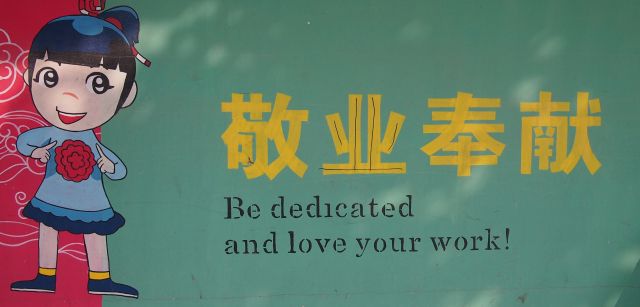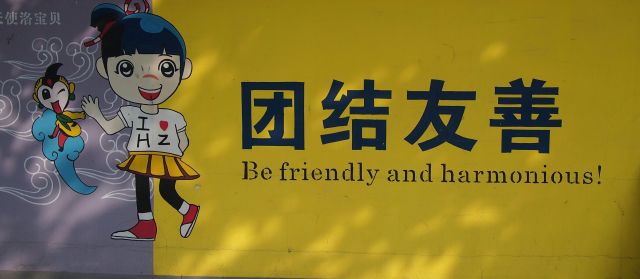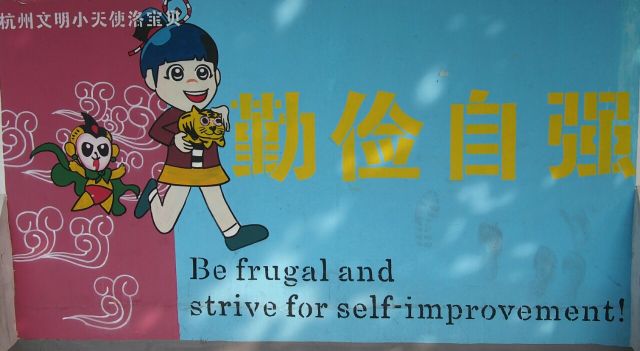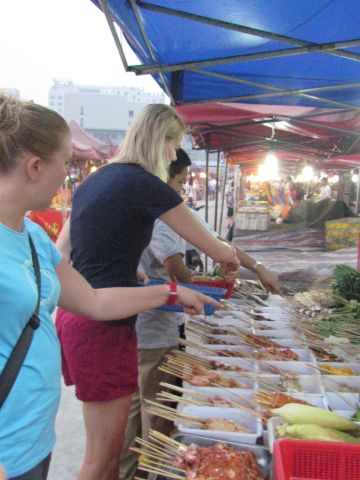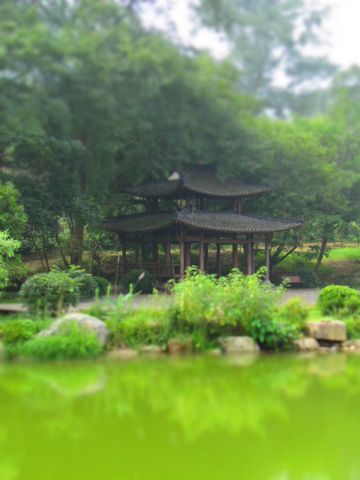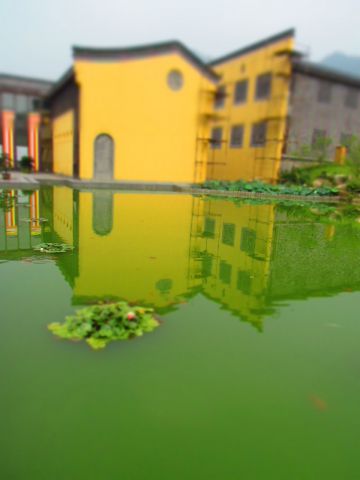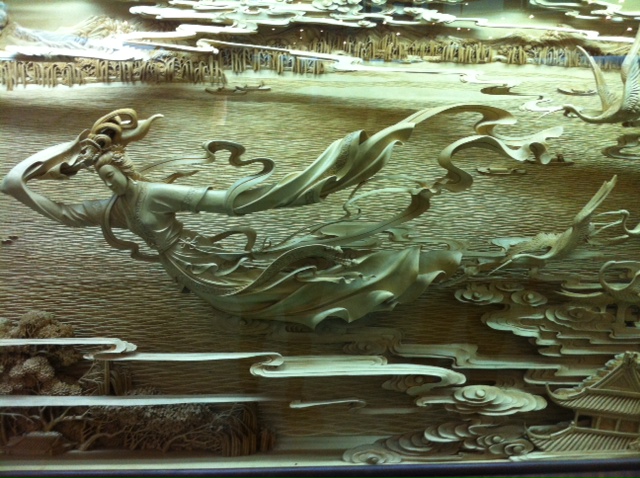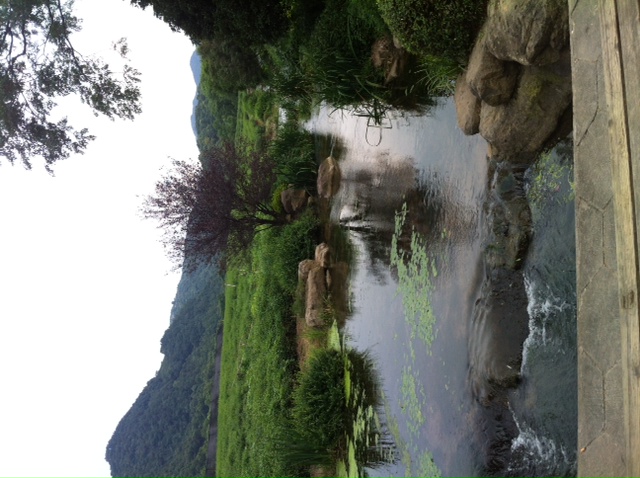Visiting the Schools
For me, I found the visits to the Entel Foreign Language School and Mary English School to be the most interesting. As a teacher who often teaches ESL classes, I enjoyed watching the different lessons and techniques for teaching English.
At the Entel Foreign Language School I enjoyed watching the well-developed lesson plans about numbers and the reading of a script about opening a gift. I noticed that the students were engaged, respectful, polite and eager to learn. The teacher was masterful in the activities she chose to teach and how she emphasized the main ideas. I found it particularly interesting that this lesson was teaching the students how to speak using English tones. That was an approach to teaching English that I had never considered before. In addition to the lesson, I enjoyed speaking with the 10th grade students who were helping at the summer camp especially because I primarily teach 10th grade. I noticed a lot of similarities between my students and the students at the Entel School. I liked hearing about their experience living at the school and what they wanted to do in the future.
At Mary English School, I enjoyed seeing the various classes that were being taught and the different grade levels. The students at the school seemed very excited to have us come into their classrooms and to practice English with them. The lesson that I was fortunate enough to observe had several children, all under the age of 10, who were learning English by using phonics. Again, the teacher was exceptional and her lesson was beautifully planned and executed. She focused on having very fast games and activities that moved the lesson quickly while keeping the students attention. The students were in groups and they were competing with other groups in the class, thus keeping the students actively engaged while still learning and practicing the language. It was obvious that the students enjoyed this type of friendly competition.
As a teacher, I think we are so focused on what goes on in our classroom that we often forget to look to other teachers for inspiration and new ideas. Visiting these two schools has given me several ideas on how to improve my teaching and my overall lesson planning.


